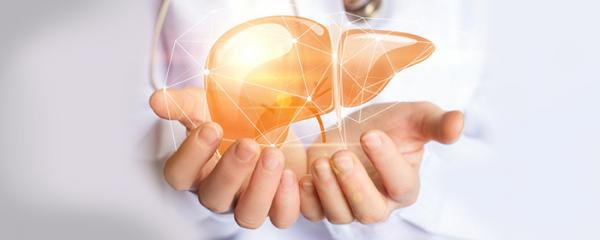How can I reverse fatty liver?

Being one of the most common and also the earliest type of non-alcoholic liver disease (NAFLD), fatty liver disease refers to the condition where more than 5 to 10 per cent of the liver is fat. According to the American Liver Foundation, between 30 and 40 per cent of adults in the U.S. suffer from NAFLD.
While currently there is no treatment for fatty liver disease, it is actually a condition that is reversible. Depending on the severity and how much is done to fix the situation, fatty liver can normally be reversed within the period from 3-6 months to 2 years.
Ways to reverse fatty liver
Since too much fat in the liver contributes to inflammation, the key to managing fatty liver disease is to reduce body weight (particularly the excess abdominal fat) as well as the liver inflammation level.
-
Old-but-gold tip - eat a balanced diet and engage in regular exercise:
According to the National Center for Biotechnology Information, losing 5% of body weight can reduce the liver fat content by up to 30%. As for reducing the risk of liver inflammation and fibrosis, losing 10% of weight is needed. Research also indicates that combining aerobic exercise and strength training together can deliver a better weight loss outcome.
Eating a balanced diet that includes fewer carbs and more unsaturated fats also helps reverse fatty liver. In recent research, it is shown that daily consumption of vitamin E, a potent antioxidant, can reduce oxidative stress in the liver, preventing serious liver problems from developing.
-
Limit alcohol intake if you don’t want more fat in your liver:
Alcohol is one of the major factors that contribute to the deposit of fat in the liver. Consuming more than 60g of alcohol daily can already cause fatty liver to develop. Limiting, or even eliminating, the consumption of alcohol plays a huge part in reversing fatty liver disease.
-
Manage blood glucose level, even if you don’t have diabetes:
People who are diabetic often have a higher risk of developing fatty liver disease because of their high blood glucose level. The key to managing the level is to improve insulin sensitivity since insulin resistance is one of the major causes of NAFLD. Being sensitive to insulin is critically important in terms of preventing fat build-up in the liver and keeping blood sugar at a normal level.
-
Get enough rest, at the right time:
Our liver works around the circadian cycle, meaning that it does specific jobs to maintain our overall health at different time of the day. Sleep deprivation and sleeping irregular hours over a course of time will have negative impacts on the liver’s functions, disrupting its normal routine of work. So do try to go to bed earlier and make sure you stick to the same schedule every day.
As fatty liver disease is an early stage of NAFLD, it is one of the easiest to manage. If it is not monitored well, it will progress to non-alcoholic steatohepatitis (NASH), a serious form of NAFLD. Based on the data from American Liver Foundation, NASH will become the most frequent cause for liver transplant in the U.S. by 2030. It is necessary to protect your liver from developing more serious disease and damage. Talk to us for more liver protection tips at support@yhktherapy.com.
- American Liver Foundation, https://liverfoundation.org/for-patients/about-the-liver/diseases-of-the-liver/non-alcoholic-fatty-liver-disease/, (Accessed Date: 2018-10-19)
- National Center for Biotechnology Information, https://www.ncbi.nlm.nih.gov/pmc/articles/PMC5789322/, (Accessed Date: 2018-10-19)
- Medscape, https://emedicine.medscape.com/article/175472-overview, (Accessed Date: 2018-10-19)
- * All research and clinical data should be used as reference purposes only, results may vary.






